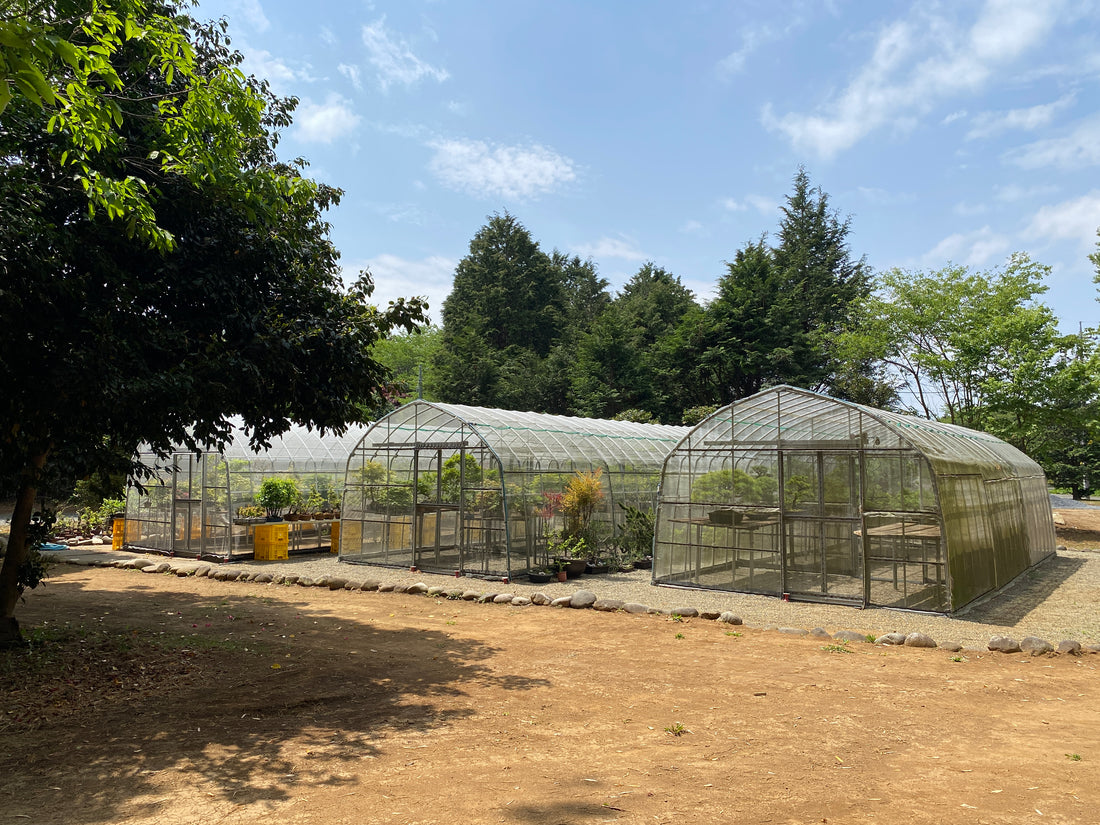Bonsai enthusiasts can be found worldwide. However, exporting bonsai from Japan to other countries poses various challenges. Compliance with the plant quarantine requirements of the destination country is essential. Many countries have stringent regulations governing the import of bonsai and garden trees, including the need for import permits and site inspections.
Exporting bonsai can be time-consuming, necessitating thorough information and a systematic approach. It is advisable to verify the specifics of site inspections and export checks with the relevant plant quarantine authorities.
In this article you will find the basic rules for several destinations.
To Europe
The list of species eligible for importation into Europe is rather large, with only a few notable exceptions, such as Japanese Black Pine. Tree House Bonsai follows a strict three year quarantine process during which the trees undergo a comprehensive series of insecticide and fungicide treatments. Final clearance from the Japanese Ministry of Agriculture and shipping are done in the late fall of each year.

To the United States
Tree House Bonsai works closely with the USDA office in Tokyo to ensure our trees are processed properly. Similarly to Europe, trees eligible for import into the USA must first complete a three year quarantine process during which time they undergo a comprehensive series of insecticide and fungicide treatments. Typically most trees must be bare-rooted for shipment, however special permits can be requested for trees not found on the general list.

To other countries around the world
Tree House Bonsai is dedicated to spreading the enjoyment of bonsai around the world. However importation laws vary greatly from country to country, as do species availability and processing procedures. Therefore processing fees and timelines are determined on a case by case basis.

Tree House Bonsai is certified to import and export bonsai from Japan. For all B2B requests, please inquire for processing fee details.


